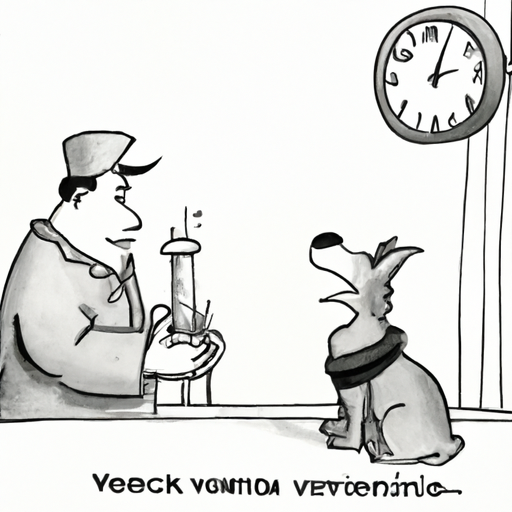Introduction
You, as a dog owner, might find it daunting when your beloved pet has to undergo a procedure that requires anesthesia. You may be filled with questions and concerns, one of the most common being: “how long does anesthesia last in dogs?” Let’s delve into this topic to help you understand what to expect and to ease your worries.
Understanding Anesthesia in Dogs
When your dog undergoes a surgery or some dental procedures, they will likely be put under anesthesia. Anesthesia is a state of controlled, temporary loss of sensation or awareness. It helps to ensure your pet doesn’t feel pain and doesn’t move during the procedure. The length of anesthesia depends on various factors, including the type of anesthesia, the dog’s size, age, health status, and the duration of the procedure.
Types of Anesthesia
There are two main types of anesthesia used in veterinary medicine:
- General Anesthesia: This is used for major surgeries. It can last from 45 minutes to several hours, depending on the procedure. The dog is completely unconscious.
- Sedation or Local Anesthesia: This is used for minor procedures and can last from 20 minutes to an hour. The dog is conscious but doesn’t feel pain in the specific area.
Factors Influencing the Duration of Anesthesia
The duration of anesthesia in dogs is not fixed. The following factors can influence how long it lasts:
-
Procedure Duration: The longer the operation or procedure, the longer the anesthesia is likely to last.
-
Dog’s Age and Health: Older dogs or those with health issues may take longer to metabolize the anesthesia, making the effects last longer.
-
Size of the Dog: Larger dogs often require more anesthesia, which can lengthen the recovery time.
Here’s a table to give you an overview:
| Factors | Effect on Anesthesia |
|---|---|
| Procedure Time | Longer time = Longer Last |
| Dog’s Age | Older = Longer Last |
| Dog’s Health | Poor Health = Longer Last |
| Size of the Dog | Larger = Longer Last |
Post-Anesthesia Recovery
As a caregiver for your furry friend, it’s important to know about the post-anesthesia recovery phase. Your dog may appear drowsy and disoriented for several hours after the anesthesia. Some dogs might even experience nausea or vomiting. This is a crucial time when your pet needs your care and attention.
Tips for post-anesthesia care:
- Monitor your pet closely for the first 24 hours.
- Provide a quiet and comfortable space for rest.
- Keep water and food easily accessible, but don’t force consumption.
- Contact your vet immediately if you notice any unusual symptoms.
Frequently Asked Questions
How can I help my dog recover after anesthesia?
Keep your dog comfortable and closely monitor their behavior. Ensure they have easy access to water and food, but don’t force eating or drinking. If you spot any unusual symptoms, contact your vet immediately.
Is anesthesia safe for dogs?
Yes, anesthesia is generally safe for dogs. Your vet will run tests before the procedure to ensure your pet is healthy enough for anesthesia.
What are the side effects of anesthesia in dogs?
Common side effects include grogginess, mild disorientation, and sometimes nausea or vomiting. If your dog shows serious symptoms like difficulty breathing or extreme lethargy, contact your vet immediately.
Remember, your vet is the best source of information when it comes to your pet’s health. If you have any concerns or questions, don’t hesitate to ask them.



